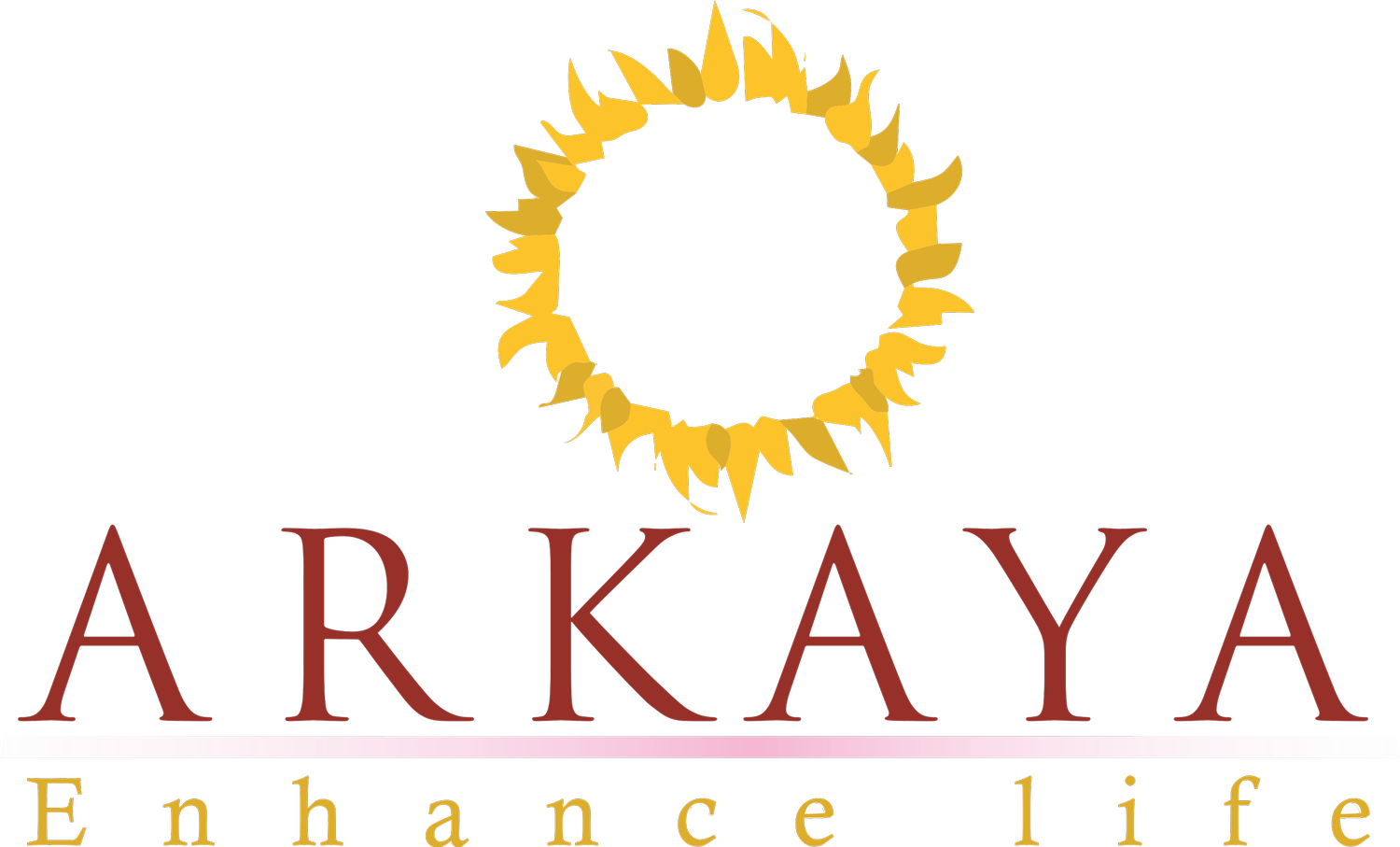Neck pain is quite common these days. Here are some preventive techniques
STRETCH GENTLY This jathi will help ease sore neck muscles
After one practices the toe touching jathi, mentioned in the previous article, one may feel a tension in the neck and shoulders. An important part of body awareness is to release tension as and when we experience it. The accumulated stress can be released through simple neck stretches. The neck consists of seven cervical vertebrae. The top most bone of the cervical vertebrae is called the atlas. In Greek mythology, Atlas holds up the sky, separating it from the earth. The bone atlas holds up the sky, our head. It connects this vast expansive instrument of thought to our body, which is the ground for these ideas to materialize.
The neck is an important area because of this connection between heaven and earth, between thought and action, between intellectualizing and living, between thinking and being. The neck protects all the nerves that go from the head to other parts of the body. Hence injuries or accidents that cause structural imbalances in this region can lead to a lot of problems.
Due to physical or emotional accidents, the neck can be subjected to a great deal of stress. Symptoms of damage include dizziness, pain in the neck and shoulder region, radiating pain to the arms, memory loss and in some cases, even partial paralysis. This pain can be there either due to a muscle or ligament tear or a prolapsed disc. In both cases, the damage may not be evident in an X-ray and the neck has to be dealt with gently.
Neck pain and cervical spondylosis are quite common these days and even if you do not suffer from them, preventive techniques can be followed. Yoga is not merely a science of healing; it’s mainly a science of prevention. By focusing and working on the neck region we can be more aware of the impulses that the brain sends to the body.
The technique: Bring your hands to the ground and lean back. Gently move your neck to the left and to the right as if touching ear to shoulders. Do this nine times. Then gently and loosely shake your head like you are saying `No’ and then keep nodding like you are saying `Yes’. Feel the ease in the head, neck and shoulders.
Now stretch the neck to the right and hold the position. Breathe in and out deeply by focusing your mind on that region. Enjoy the prana (life force energy) moving to where your mind is. You will feel your muscles ease and elongate. Now stretch your neck to the left and hold. Breathe in while you stretch and feel the sense of well being fill you. Release. Once again shake your head saying `No’ and `Yes’. This can be done even if you’re seated on a chair. This jathi is excellent to prevent neck strain, which is the result of sitting for hours in front of the computer.
– MAITREYI
